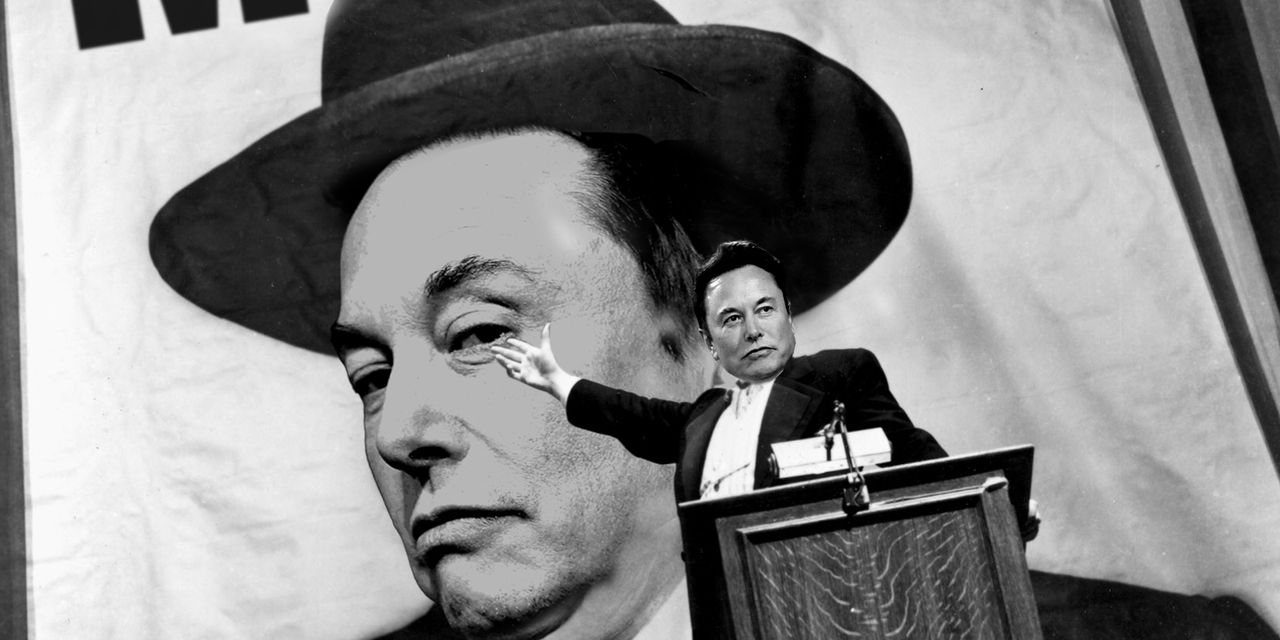Elon Musk’s drastic decision to lay off half of Twitter’s workforce on Friday was driven by the company’s dire finances — with the now-private company on track to lose $700 million in 2023 if he hadn’t slashed costs, The Post has learned.
While the struggling social network posted a modest loss last year, interest payments on the massive trove of debt that Musk used to finance the $44 billion buyout deal will unleash a torrent of red ink at the struggling social network in the coming year, sources close to the situation said.
Specifically, Twitter will be forced to pay interest expenses on its nearly $13 billion in new loans that will amount to $1.3 billion per year, one banker close to the situation said. That’s more than Twitter’s typical yearly yield of $1.2 billion in earnings before interest, taxes, depreciation and amortization, or EBITDA — a key measure of profitability used by Wall Street.
“The interest expense is higher than the EBITDA,” a banker close to the deal said. “That’s why he is laying people off.”
On top of the punishing interest payments, Twitter typically spent about $600 million on capital expenditures, a banker said. Subtract the interest and capital expenditures from Twitter’s EBITDA and the company is $700 million in the red.
It’s a classic nightmare scenario in the world of leveraged buyouts, sources added — with workers getting stiffed even as top execs at the company who pushed for the overpriced deal are angling for massive payouts. Those include ex-CEO Parag Agrawal, who was set to bag $38.7 million before Musk fired him “for cause” in an apparent bid to thwart the payout.
To make matters worse, big advertisers have been fleeing the app amid Musk’s antics, which included his posting and then deleting an article detailing an unfounded conspiracy theory about the attack on House Speaker Nancy Pelosi’s husband, Paul.
General Motors
GM,
Audi
VOW,
General Mills
GIS,
and several other firms have paused Twitter advertising in recent weeks, with executives across the industry preparing contingency plans to reallocate ad dollars away from the site, The Post reported Tuesday.
“Twitter has had a massive drop in revenue, due to activist groups pressuring advertisers, even though nothing has changed with content moderation and we did everything we could to appease the activists,” Musk tweeted Friday. “Extremely messed up! They’re trying to destroy free speech in America.”
Meanwhile, banks that helped finance Musk’s takeover deal are bracing for heavy losses as they struggle to sell off loans.
In late October, Barclays was selling its stake of the $12.7 billion of loans Twitter borrowed to finance the deal at 80 cents on the dollar, one source with direct knowledge said. There were few takers at that price, which would entail a $2.54 billion loss applied across all the loans, according to the source.
A potential buyer of the debt said he was not sure it was even worth 60 to 65 cents on the dollar.
Barclays was also willing to lend borrowers money to buy the Twitter debt, sources said.
Due to lack of interest, the lead banks that have financed the deal — Morgan Stanley
MS,
Bank of America
BAC,
and Barclays
BARC,
— are not broadly syndicating the loan, sources said.
Representatives for Musk did not return calls. Lead Twitter lender Morgan Stanley declined to comment, as did Barclays.
